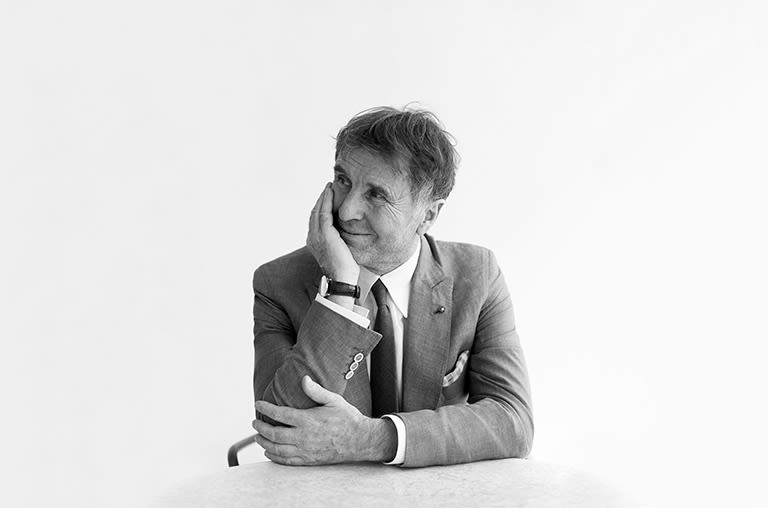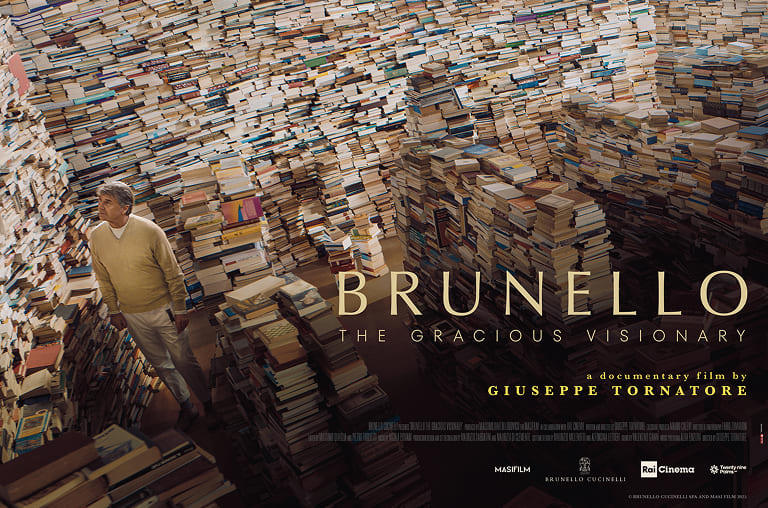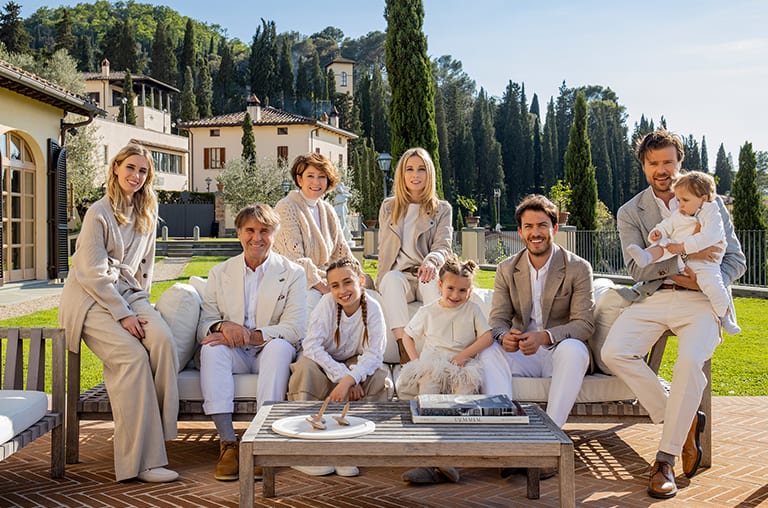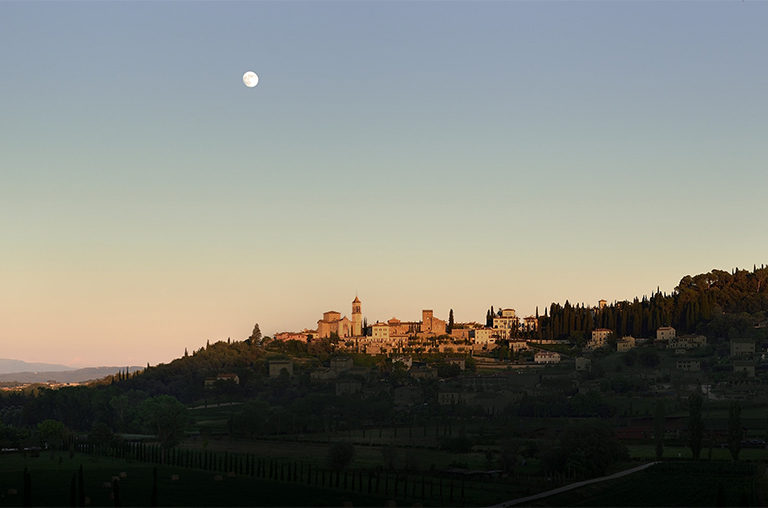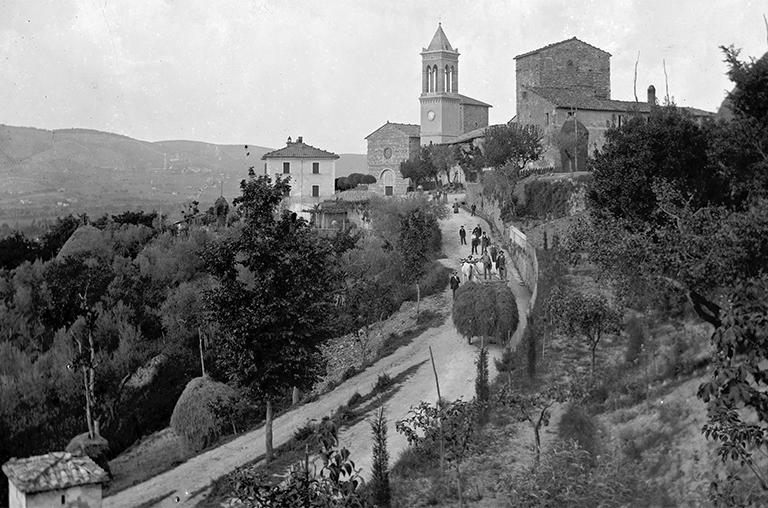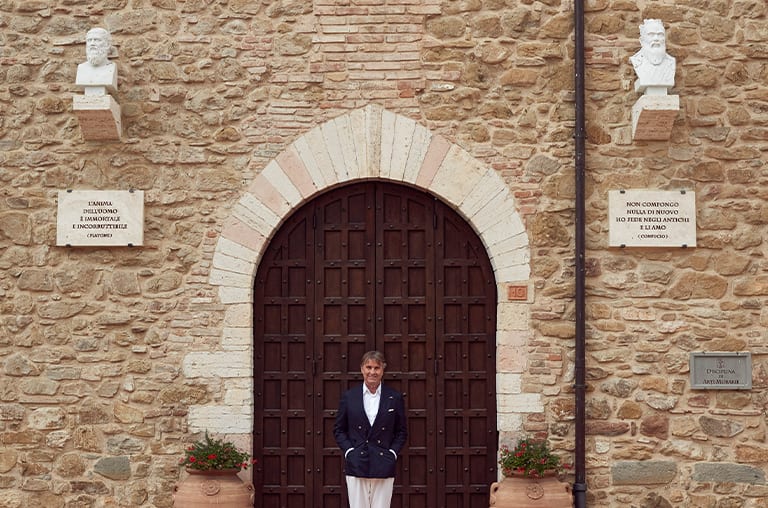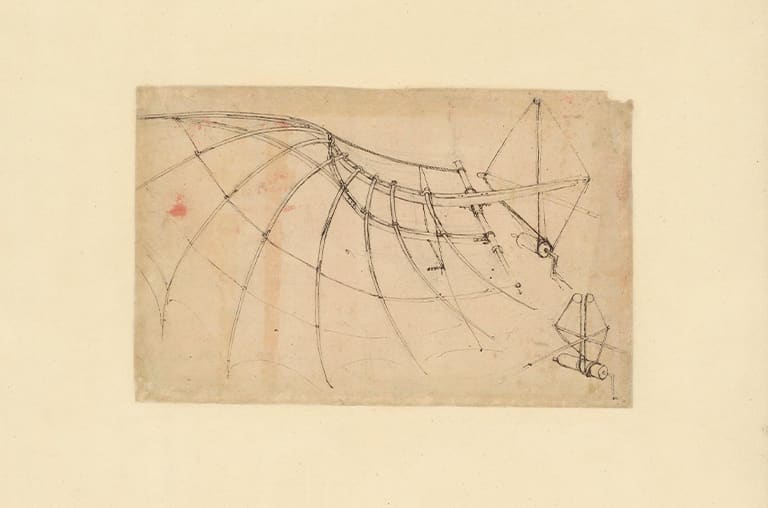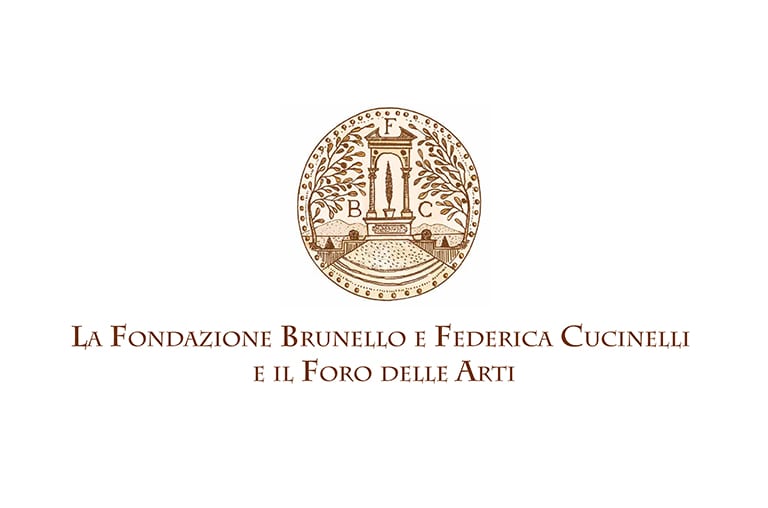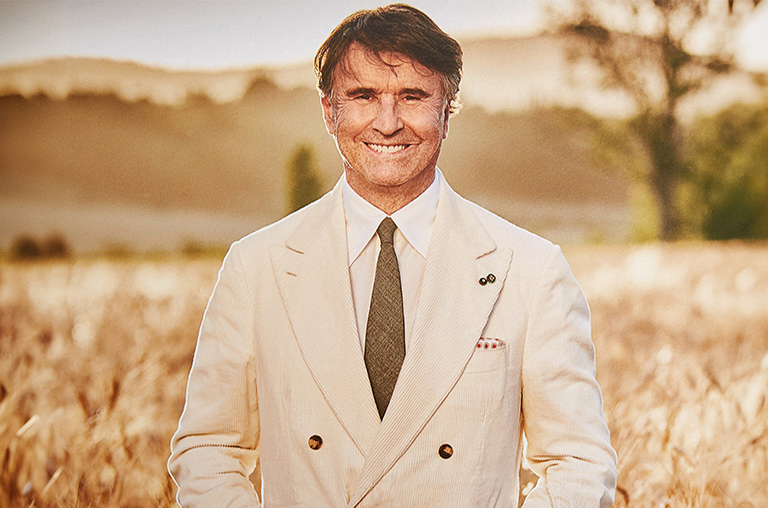label.skip.main.content
Solomeo
Hamlet of Cashmere and
Harmony

Solomeo is a medieval hamlet whose foundation probably dates back to the reclamation of the land in the twelfth century, which saved the valley from abandonment and marked the beginning of its agricultural revival. The people who worked on the reclamation built their first houses on the top of the gentle hill because the air was purer.

"The monuments and places of the old town of Solomeo, worn and impaired by time, were preserved, embellished and restored to their former glory by Brunello Cucinelli’s humanistic spirit as a gift for the men of tomorrow, in harmony with the soul of the Umbrian mother Earth." MCMXCVIIII

The Church of Saint Bartholomew, dating back to the twelfth century, bears witness to the stability of the settlement; the castle, built just some time afterwards, demonstrates the villagers’ need to defend themselves against the frequent raids and plundering of those times.

The hamlet is located near a road that, during the Middle Ages and most likely also in the Roman times, connected Perugia with Castiglione del Lago and Chiusi. In 1361, the inhabited centre of Villa Solomei consisted of one palazzo, a "casamentum", twelve domus, two small houses, and the Church of Saint Bartholomew. In the spring of 1391, the citizens of Solomeo decided to fortify their hamlet for defence. Most likely, the construction of the castle was authorized by Meo “Iohannis Cole”, owner of the palazzo: indeed, in the town council meeting minutes, Meo is identified as the “commissioner”. The fortress was built right next to his building, “Iuxta Pallatium Dicti Mei”. Although the Castle of Solomeo was, in theory, already completed at the end of the 14th century, the town was still referred to as “Villa”.
During the Renaissance, Villa Solomei - as it is recorded in ancient documents - experienced a buoyant population growth. The secluded and romantic cemetery and the eighteenth-century Villa Antinori testify to the hamlet’s continued prosperity.


Solomeo lies deep in Brunello’s heart as it represents the core of his family, business and spiritual life.


1- "Love of knowledge echoes in our hearts and nourishes great thoughts." (Socrates)
2- "I transmit, but I don’t create." (Confucius)
The idea of gathering all of the symbolic aspects of his life here came to him in 1985: it was an unconventional choice that went against the trend of those years.
In Italy, back then, people preferred to be free of ties to their homeland and felt no regret for the loss of those values and traditions that are now being rediscovered and sought after, confirming the wisdom of Brunello's original choice.
More recently, the company business, which was initially established at the castle, was relocated to the valley below; the ancient medieval buildings now host the classrooms of the School of Contemporary High Craftsmanship and Arts, set up in 2013.
The Hamlet is now even more closely linked to the Forum of the Arts, and one could even say that the whole of Solomeo is an area devoted to culture, to art, to traditions, to history and a happy life.



Illustration by Sunflowerman


The Forum of the Arts
In ancient Rome, the Forum was the place where people could meet for any social occasion. It was an open space surrounded by architectural buildings. Ancient Rome also had some beautiful parks, such as Pliny the Younger's in Tuscany, a private place where guests were invited to attend official celebrations. Pliny’s villa was also brimming with architectural structures and surrounded by nature.


"We are such stuff as dreams are made on; and our little life is rounded with a sleep." (Shakespeare)
The Forum of the Arts combines these two ancient models of beauty. When it was designed in 2001, all its elements were to be placed around the Cucinelli Theater, a newly built Renaissance-style building that hosts plays, concerts and ballet shows that mark the passing of time in the hamlet. Opposite the theater is an oval space called the Amphitheater, which hosts music festivals and shows during the summer.
Next to the complex is a terraced garden called the Garden of Philosophers, dedicated to meditation and contemplation of nature.
Finally, there is the Aurelian Neohumanistic Academy, an area dedicated to meetings and conviviality, with a library of classical and modern books. Construction works for the new Universal Library of Solomeo started at the end of 2021, a project strongly promoted and desired by the Brunello and Federica Cucinelli Foundation. The Universal Library will be located in the Forum of the Arts, next to the Theater and to the Church of Saint Bartholomew.

Front elevation of the Universal Library of Solomeo, drawing on paper.
The different areas are connected to one another by green lawns with pergolas, fountains, rosemary hedges, cypresses and blossoming rose bushes, all overlooking an extraordinarily picturesque valley.
The spirituality of this place is unescapable and you can perceive it as soon as you cross the threshold of the beautiful gate guarded by two stern eagles, also moved, it seems, by the living atmospheres.
The Forum has been extended towards Piazzetta dei Sapienti and includes a building in the classical style, which hosts the School of Contemporary High Craftsmanship and Arts; the Forum also includes the castle itself, which has become an extension of the school.
The fortified building overlooks the circular Piazza della Pace, decorated with olive trees and increasingly often used as a venue for concerts and artistic performances.
Today, the Forum of the Arts encompasses all of Solomeo, a humanistic hamlet where the aspirations of every noble soul find a welcoming home.

"Mysterious in the light of day, nature retains her veil." (Goethe)







